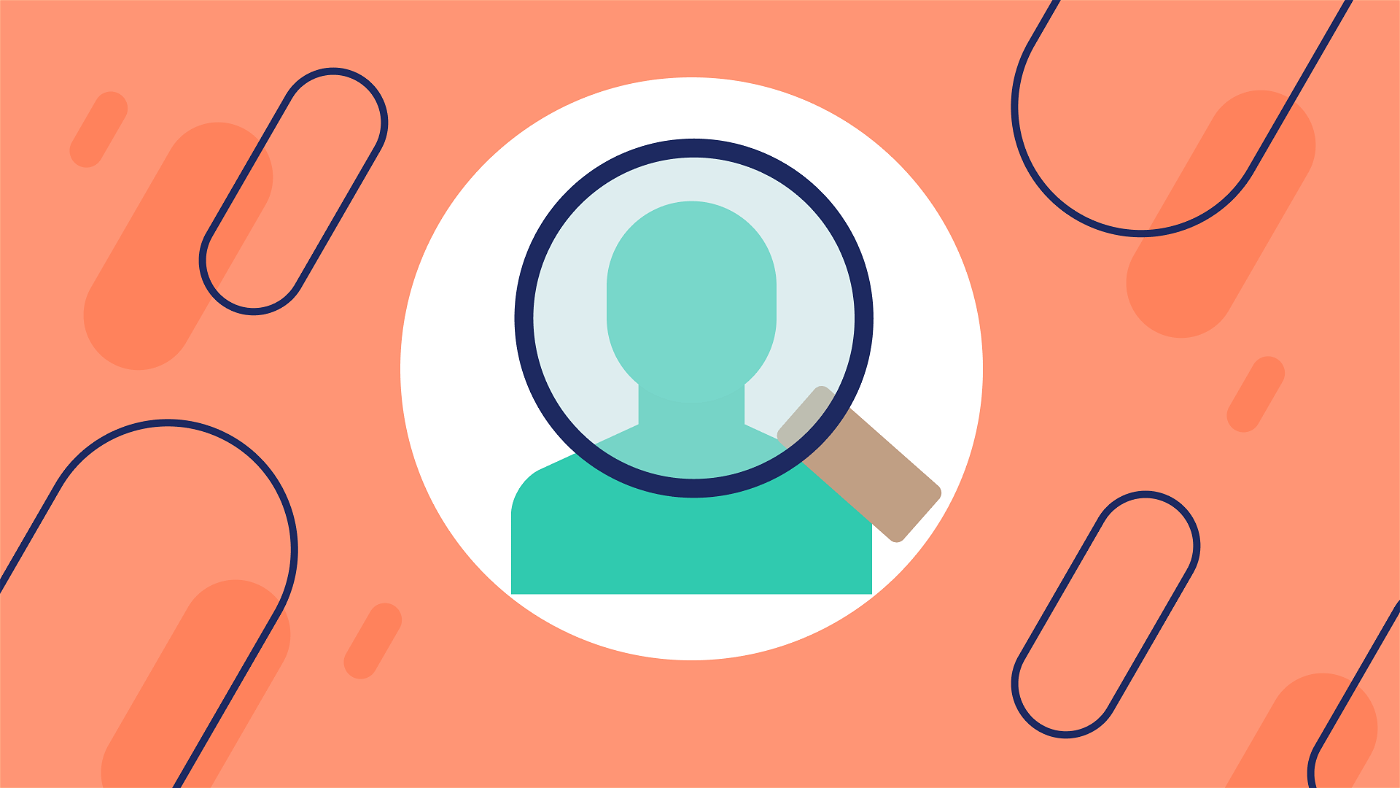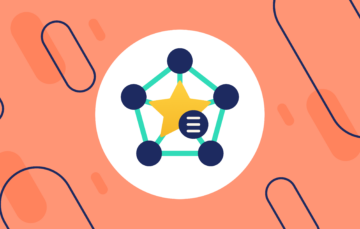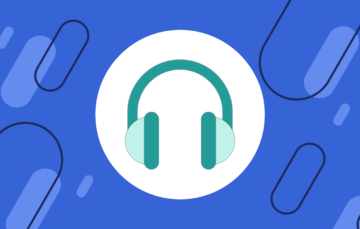
Imagine this – you’re sitting around the conference room table with leaders from different departments. Collectively, you’ve spent decades building policies, products, and programs to serve your customers but you’ve never come together to actually listen to the voice of your customers.
Someone presses play and the group is so captivated that you could hear a pin drop. For the first time ever, you are hearing the voices of real customers talking about the policies, products, and programs you created.
Scanning the room you see such emotion on the faces of your peers – surprise, excitement, even tears – as they really feel connected with their customer base for the first time.
This exercise of creating customer immersions evokes a deep sense of humanity for leaders. The act of listening to customer voices allows leaders to get out their headspace and understand the impact of their work with customers. And this shared understanding sets the stage for dialogue on how to evolve programs and better serve customers moving forward.
Listening to the unsolicited feedback of your customers is where meaningful change begins. When you truly listen, hidden barriers, motivators, and transformational strategies emerge. At Authenticx, we enable you to use technology to create scalable customer listening programs using a data source you already own. Based on our experience, here’s a low-tech, low-lift way to get started today:
1. Set Intentional Goals
Before ever pressing play, it’s important to set goals around what you’re listening for and why. Take a moment to stop the firefighting and think about your biggest business questions. For example, are you most interested in a certain business line or customer population? Where are you really in need of insights?
We recommend physically writing down your goals, which then becomes a rubric you can use while listening to each customer conversation. This will help you focus and listen for what’s most important.
2. Collect Real Customer Conversations
Your organization is likely storing and ignoring a goldmine of customer insights. These insights live in the conversations your company is having with customers all day, every day.
To get started, you need to collect a sample of these conversations. We recommend gathering a group of key leaders or stakeholders for this exercise and determining criteria like:
Date range
Think about the time period you’d like to go back and listen to. Is it important that you listen to the conversations that happened yesterday, or do you want to listen to calls centered around a certain campaign, milestone, or key event? Decide on the date range that would be most meaningful for you and your team to listen to.
Sample size
You’ll also want to ask yourself, “What is my capacity to listen?” We do not suggest that you try to boil the ocean in this activity. Instead, pick a sample size that would be meaningful, but not so overwhelming that you can’t finish what you started. So you might think about a particular service area, brand, or contact center line that you’d like to start with to narrow the scope of your listening. Pick one that you’d really like to learn more about and narrow your scope that way.
Be sure to limit the total data set that you’re pulling to an amount that will allow you to have conversations with the other stakeholders in the group really rapidly. So whether that’s 5 calls a day or a set of 100 calls, emails, and chats, we could recommend choosing a bite-sized sample so you can calibrate and come together as a team quickly.
Variety
You also want to make sure that you’re pulling a representative sample of customer calls. We recommend collecting calls from all agents, not just your top performers, so you can really understand the truth about what your customers are experiencing.
3. Listen to Customer Voices
This step is both the hardest to make time for and the most rewarding.
While many contact centers include texts and emails, we highly recommend that your sample include recorded phone conversations as well. Or if you’re not recording, we strongly encourage you to listen live to some customer conversations. The reason for this is that so much richness comes from the voice – including tone and expressions – that you just cannot get in a text-based format.
You’ll need to block time on your calendar to really pay attention to what your customers are thinking, feeling, and experiencing. Pull out the rubric you created with those key questions and take notes as you listen and start to answer the questions that you set out to answer.
We also encourage you to include multiple stakeholders in this listening exercise. Just like we all see colors differently, we all hear things differently. You want a diverse set of ears around the figurative table, listening to these interactions. The dialogue that can happen after multiple people listen to the same call is incredibly revealing and can help your team align quickly on what was heard and how to take action.
4. Aggregate and Analyze Insights
Compile your notes across the stakeholder group and look for common themes and trends across these customer conversations. Identify what you all heard and the powerful insights that might impact:
- Your business processes
- The customer experience
- Your ability to grow revenue and improve profitability
- Your ability to improve quality and compliance
You’ll be surprised by the rich clues that emerge from these conversations and how many opportunities appear to make actionable and meaningful change based on the conversational content.
5. Take Swift and Strategic Action
Now that you have a better understanding of your customers, it’s time to apply your newfound insights. Based on the trends you observed, decide what you can do to better serve your customers. While the specific actions you take will be unique to your circumstances, here are some next steps to consider:
- Update marketing messaging to better reflect customer tone and needs
- Highlight happy customers in the form of testimonials
- Improve your online experience based on customer feedback
- Modify call scripts based on identified gaps
- Retrain agents in areas that could use improvement
- Update policies and procedures to better serve your customers
- Share your insights with other departments to strengthen the overall customer experience
- Develop a customer journey map based on your insights
6. Repeat
Remember – listening isn’t a one-and-done task. You’re going to get so much out of doing this process once, but the real magic happens when you adopt an ongoing listening program that can allow you to see your progress over time.
When you continually and consistently listen to customer conversations and identify the pain points and brand perceptions being shared, you can then track how those change over time, particularly when you’re deploying new strategies for improving the customer experience. It can be one of the most gratifying practices to see how your responses to listening have affected not only the experience of your customers but also the bottom line of your business.
If you don’t have the resources to manually listen to and analyze customer interactions on a regular basis, you likely need software to help you listen at scale. Authenticx uses AI and Natural Language Processing to sift through large volumes of customer interactions and surface what’s most important. If you’re looking for automated ways to glean insights from your customer conversations, Authenticx can help.

See Authenticx in Action
Learn more about how Authenticx analyzes customer conversations to surface recurring trends in this two-minute video.
About Authenticx
Authenticx was founded to analyze and activate customer interaction data at scale. Why? We wanted to reveal transformational opportunities in healthcare. We are on a mission to help humans understand humans. With a combined 100+ years of leadership experience in pharma, payer, and healthcare organizations, we know first-hand the challenges and opportunities that our clients face because we’ve been in your shoes.
Want to learn more? Contact us!


